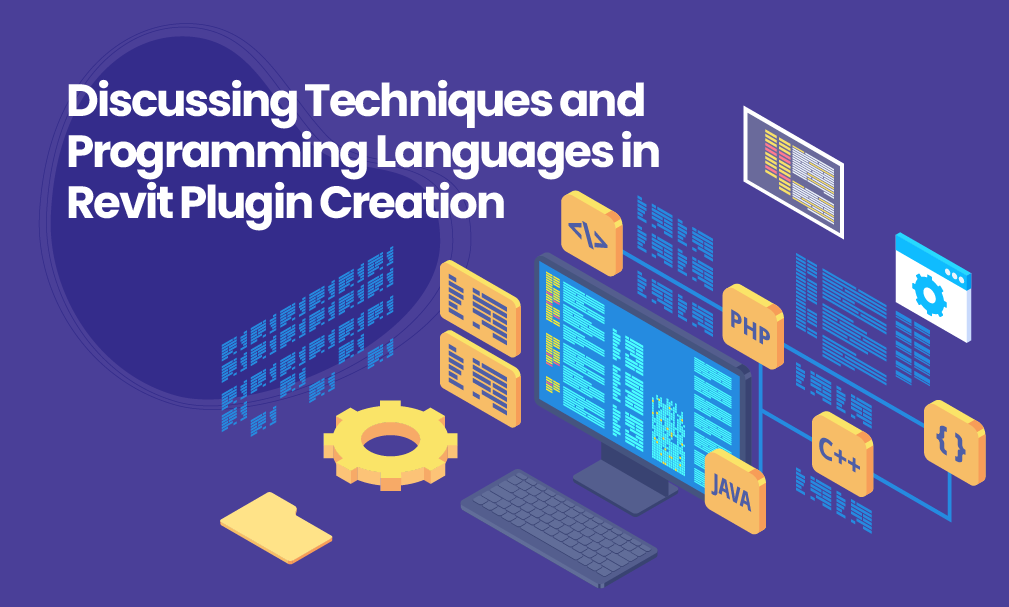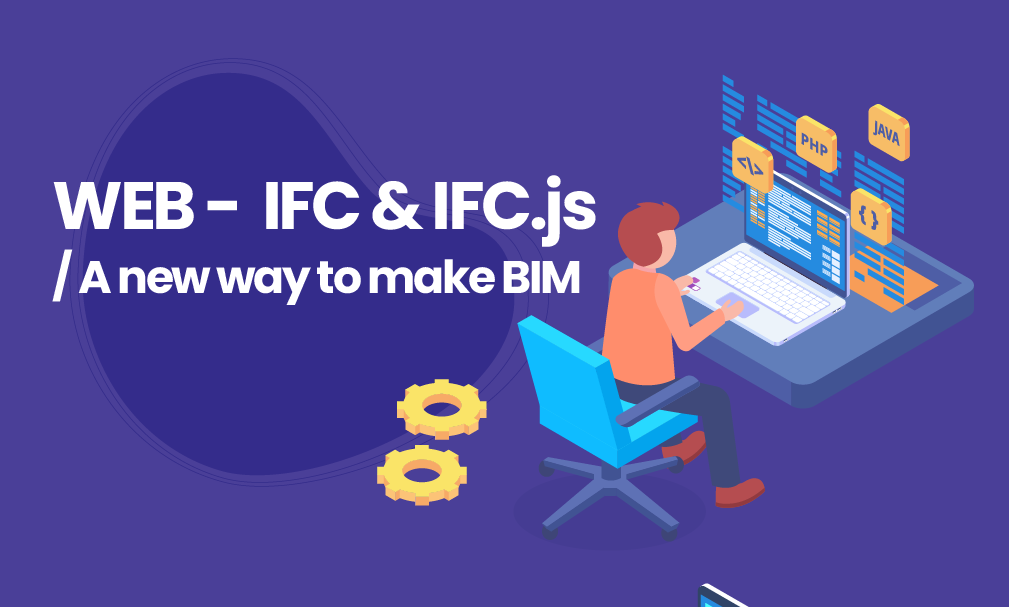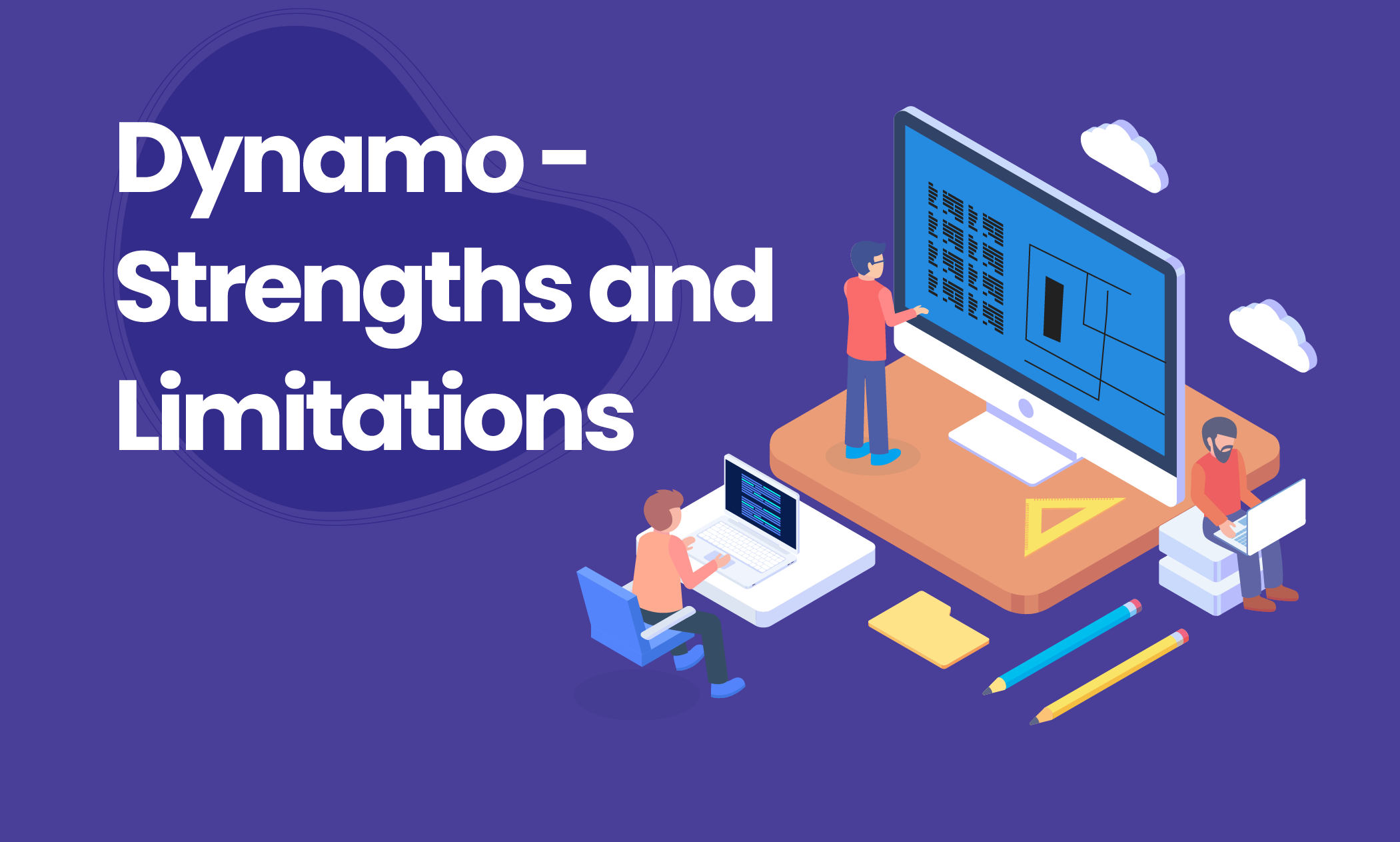Some people are still not aware of how BIM could make an enormous and positive difference in their professional careers, which means they are unaware of its capabilities and the role it’s going to play in the recent future.
Studying architecture is synonymous with using different software tools to design and plan. Students often render several versions of their projects so that they can see what they would actually look like once they’ve been built. However, despite all the innovations that this software has, many architects are letting go of traditional practices to focus their efforts on BIM.
Generally speaking, the buildings that impress people all around the world are architectural wonders that couldn’t be constructed without leveraging BIM. Why? There are many stakeholders involved in the complex design and build efforts of new structures. This presents many challenges for architects who are still often using tools that don’t bring to the table all of what BIM has to offer.











